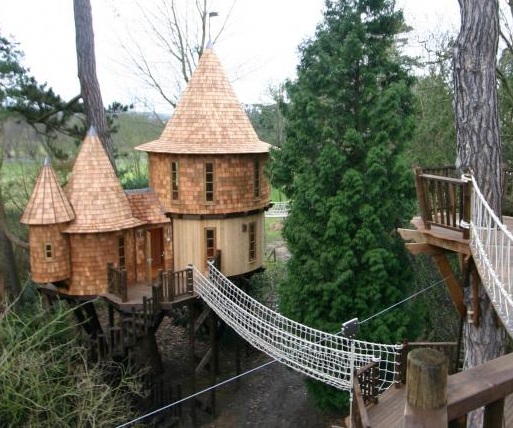
Sustainable design is the pinnacle of modern living, a style of both form and substance. It is a wake-up call for all those who seem to neglect the staggering environmental impact of the residential building ecosystem. Even if you’re not prepared to consider anything more than self-interest, sustainable design has much to offer. It’s all about functionality, appearance, and performance. A well-thought-out investment is sure to bring hefty returns and eliminate the excessive spending of money on energy.
The envelope
The envelope of the home is the cornerstone of sustainable living. The roof, ceiling, walls, windows, and doors must work together in protecting the occupants from weather, noise, dirt, and pests. The insulation should contain durable, energy-saving materials capable of controlling the moisture, balancing the indoor temperature, and reducing drafts. The first thing to do is to use online resources to find professionals to conduct a home energy audit and inspect the home for cracks and leaks. These weak spots are often found around windows, doors and in the attic, and tend to reduce energy-efficiency.

Chasing the sun
The foul age of oil, coal, natural gas, and fossil fuels is coming to an end. Why exploit limited, expensive, and polluting resources when you can plug your house into the sun. Now, an active approach to this is to take advantage of solar photovoltaic tech and convert the heat into energy. The other, passive strategy focuses on the design and orientation of the house, with the goal to maximize the solar heat potential. So, the long side of the house is supposed to face south and north (if you’re in the northern hemisphere). Moreover, making the most of sunlight includes landscaping to shade other sides of the house, and creating roof overhangs.

Renewable sources
The list of solar applications goes on. To take the water consumption to the whole new level, ponder on the solar water heater and a rainwater collector on the roof. The latter water source is clean and free, does not require energy to pump, and is perfect for replenishing your garden. Just note that you may need to use advanced equipment such as an elevated work platform for roof installations. As for integrating solar panels, you can go DIY: Check whether there is sufficient space for the array, access the solar input, and evaluate the structure of the roof. An electrician or other professional may handle the wiring and metering inside.

The nature’s embrace
The land your house sits on also has an impact on sustainability. Plenty of open space is always preferable, as it leaves more room for residents to immerse in and preserve the natural surroundings. Bring the indoors out by building a deck or a patio, and get your hands on quality outdoor furniture. Also, adding Miss Amara HK rug can help keep the floor warmer, while providing a dash of elegance to space. Muse on taking down your back fence and assembling a share garden space with the neighbors. Utilize organic pesticides and compost, as well as edible plants when landscaping— decorative fruits and nuts are not only delicious but also add life to your yard. Finally, plant the deciduous shade trees and shrubs to trim the summer cooling bills.

In the air
Many people are not aware that the indoor air may be more polluted with toxins, allergens, and dust mites than the outdoor one. Well, with passive design, homeowners can use prevailing breezes to cross-ventilate the house. Also, complement this natural way of ventilating with a ventilation system which does away with pollutants, dirt, moisture, and humidity. Exhaust fan over the stove, on the other hand, removes the gases such as carbon monoxide. These things bring a measurable increase in our productivity and affect the mood of everyone inside. At last, bear in mind that oversized and overused HVAC system accounts for much of the energy losses in homes across the globe.

A green gift
Sustainable design is a breath of fresh air, which infuses the construction and renovation with more meaning and a sense of new purpose. The blending of science, design, and the social cause is to be celebrated and treasured as a gift for future generations. So, harness natural sources of energy and select products and materials that are renewable, reusable, and heavy-duty. Maintain indoor comfort, bring down the energy consumption, and save a ton of money on utility bills. Live in a way that is not detrimental to Mother Nature, society, family, and your own wellbeing.
Sustainable design is definitely the future because what we see so far isn’t benefiting anyone. Rampant inequality and climate pollution might seem like a small price to some, however, it’s been proven that working towards green solutions can benefit the planet and humanity as a whole.



